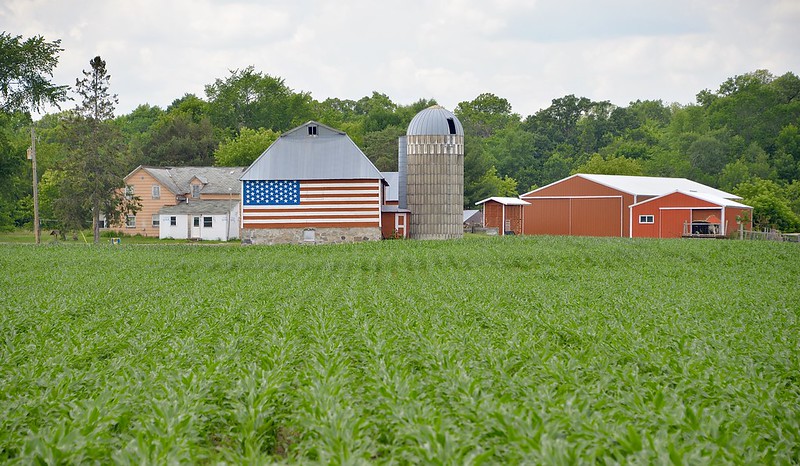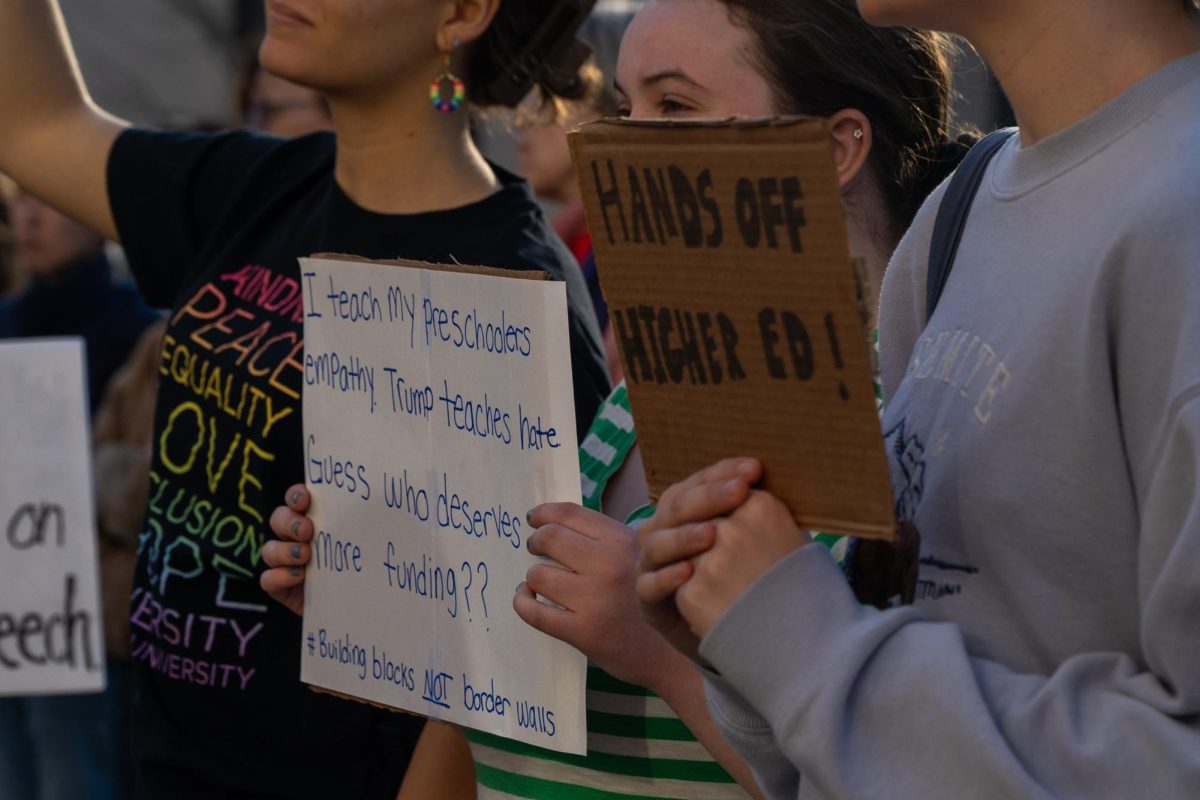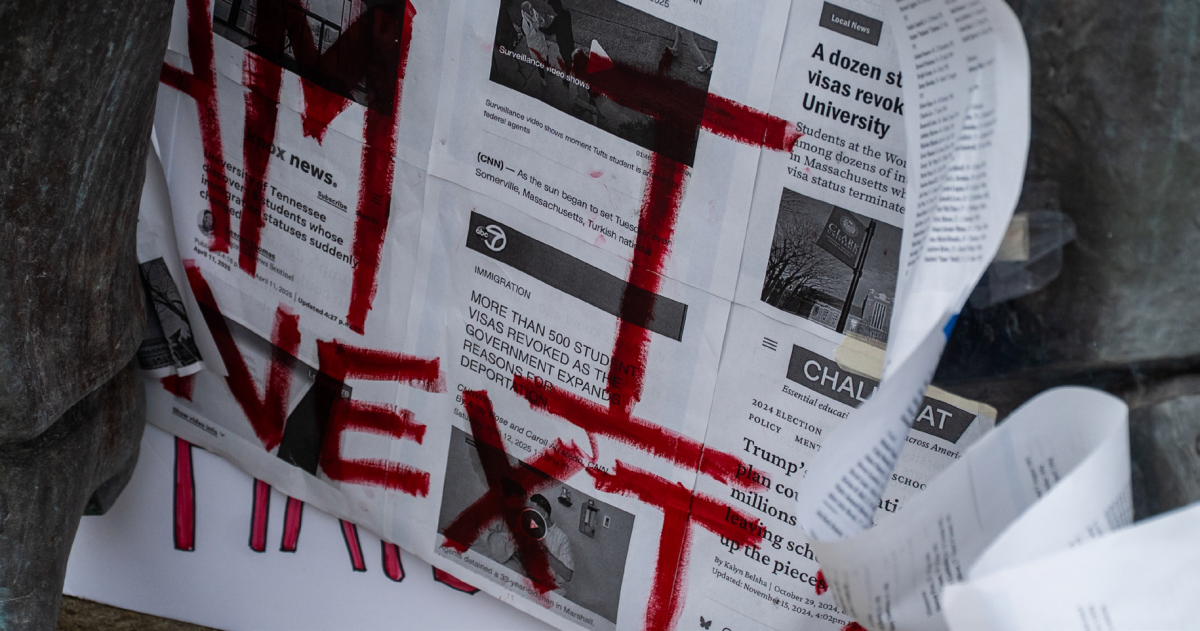On October 23, Professor Dan Shea presented the Fall 2024 William V. Shannon Lecture on his book “Do Rural Voters Hate Democrats?” The Professor and Chair of Government at Colby College in Waterville, ME shared his research on how rural voters understand and interpret Democrats.
The lecture provided insights on the perspective rural voters across America tend to possess when it comes to elections.
Having written and edited over 20 books on American Politics, Shea presented data collected from over 15,000 respondents across America. Of this data, a record breaking 10,000 respondents came from rural residents themselves, and the other 5,000 came from those living in urban areas.
Having such a wide array of data to interpret, Shea went a step further by examining other portrayals of rural folk in media, as well as previous research.
In his lecture, Shea noted how rural residents are often portrayed in negative, stereotypical views in television shows and movies, namely in The Deliverance and Beverly Hills Hillbillies. The data suggests that these depictions, while they may seem slight, are taken to heart by rural individuals.
Along with these notions of how people living in rural areas act, interviews conducted by many researchers and academics follow the same ideas. Shea describes how vocal rural folk who do not represent the views of most rural Americans are disproportionately interviewed. These individuals, who make up 10% of the rural population, are also more likely to respond to polling questions. This shift in responses thus inaccurately skews information provided to the general public.
Shea highlighted how researchers going to rural areas of America are often looking for people who are willing and prepared to talk about politics. However, in the current political era we are in, many are not willing to go on record. Those who are willing to have their answers published and interviewed include strong rural voters. Gaining only the more radical strong perspectives on a given issue, researchers are typically unable to collect data that is representative of the whole rural population. Once these articles are published, it only furthers the rural resident stereotypes held by Americans.
An example provided by Shea in his discussion is researchers’ use of the “Trump House.” This barn, located in Pennsylvania, was painted by its owners as the support house of Donald Trump’s campaign. These kinds of actions, however, are not done by the typical voter or typical Trump supporter. By putting an increased focus on those with extreme views from within rural areas of the country, researchers are then making the assumption that all rural voters feel the same, which is not true. With this, Shea also noted how dramatic writing gets views, and views make money.
In one portion of the talk, Shea described how rural individuals are different in ideology than those who live in urban areas. These differences do not only include how they live their everyday lives, but rather how they see themselves as part of a community.
When discussing how rural voters tend to interpret the election and the economy, Shea said that rural voters typically possess increased anxiety compared to those living in urban areas. These anxieties are not from their own economic status or wellbeing, but rather for the wellbeing of their community, local businesses, and those who live there.
The increased anxiety rural voters have for their community over those who live in urban areas leads to more distrust in government expenditures. While these actions may not directly impact the life of the individual, legislation passed by government officials could have an increased impact on the community around them.
The overall message of Shea’s talk is that voters living in rural areas of America are different from urban voters and that feelings of community are often the largest differentiator between the two groups. These differences, however, are not as drastic as is often portrayed in the media and the news.



